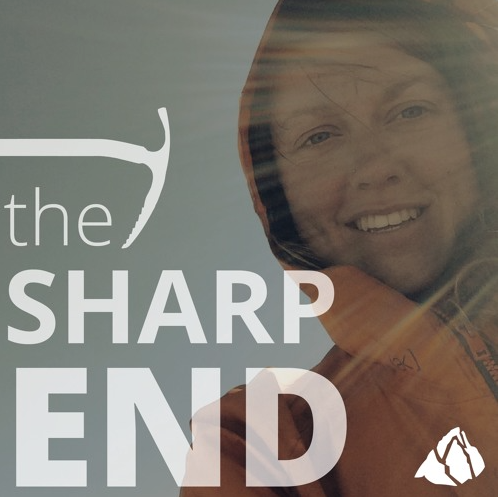Fall on Rock — Broken Hold
Arizona, Mendoza Canyon, Table Dome

On February 24, Steve Sagin (58) and Jerry Cagle (70) were climbing Wily Javelina (6 pitches, 5.9 PG-13) on Table Dome in the remote Mendoza Canyon, southwest of Tucson. On pitch five, Sagin broke a hold and took a long leader fall.
Cagle wrote to ANAC:
Wily Javelina is a coveted route and considered a bit of a testpiece. Though it’s frequently climbed using just the bolts, the distances between them are considerable; they can be supplemented with gear—albeit possibly dubious—so we also carried a light rack. We each carried cell phones, and I carried a Garmin inReach Mini. We had jackets, space blankets, food, water, and headlamps.
Reaching the start of the approach hike entails driving for 9.5 miles on an unmaintained dirt road. The approach wends through two miles of rugged trails. The areas adjacent to the paths present an impenetrable barrier of catclaw acacias and thorny mesquite trees.
It was around 10 a.m. when we started climbing. Steve led pitch one, with the first bolt 30 to 40 feet off the ground. We swung leads. Though I had always shied away from this route due to its reputation for serious runouts and sections of poor-quality rock, neither of us was excessively nervous. But throughout the course of the climb, we repeated the mantra that “falling was not an option.” It is my considered opinion that this route is the textbook definition of an R-rated route and not PG-13 (as graded on Mountain Project).
As Steve led pitch five, he passed the middle mark on the ropes (60m x 7.9mm twin/half ropes). He was well past the second bolt on the “chicken-head-studded” upper section, at the start of the easier climbing, when a large hold fractured, sending considerable debris past my helmet. He fell and struck a large ledge 30 or 40 feet below him with the full force of his weight. The rope came taut as he started to slide off the ledge. It was immediately obvious that he was seriously injured.
We determined that lowering him to my position at the anchor was our best option. We had enough rope to lower him to the stance with about ten feet to spare.
Steve was bleeding in several places but not excessively. His broken ankle was likely the most serious injury, and we determined it was not a compound [open] fracture. We knew we couldn’t extricate ourselves from the canyon due to the difficult terrain, so I pulled out the inReach, only to discover the batteries were dead. We next dialed 911 on my cell phone. The battery was low, having recorded our approach using the Gaia GPS application. To our surprise, a voice came on the other end, asking, “What’s your emergency?” We explained our situation and indicated that we intended to rappel the route but would require assistance to evacuate.
We were starting the last rappel when we heard a helicopter approaching. A Pima County Sheriff’s Department officer was lowered, and he hooked Steve up to the rescue cable. They flew him to an ambulance, which took him to a hospital in Tucson. I was left to return on my own and was able to get back to the truck without incident.
X-rays taken at the hospital showed that Steve’s tibia was shattered into eight pieces. The fibula was, thankfully, not involved. This could have just as easily resulted in a fatality had he landed differently.
ANALYSIS
The duo was very experienced, having over 60 years of climbing between them. Sagin had climbed extensively in Mendoza Canyon, and this was his sixth time on Wily Javelina. Despite this, several factors contributed to an accident.
Cagle wrote to ANAC, “Failure to place protection and test holds were the biggest factors contributing directly to the accident. That said, I have routinely climbed easy ground without stopping to place pro, and it’s not practical to test every hold on a route of that length.
“Several other failures that—but for luck—could have easily compounded the difficulty of our situation:
I failed to make certain the battery on the inReach was charged.
My cell phone battery wasn’t fully charged when we left that morning. I had intended to charge it on the ride but didn’t have a compatible cable.
On the approach, I didn’t pay sufficient attention to our surroundings and let Steve lead the way while I chatted and followed blindly along. On the return, I depended heavily on the GPS track I had recorded on my phone. Had the phone failed, I am pretty sure I would’ve gotten lost and had to bivouac.
“As a result of this incident, I now strive when climbing or hiking to cultivate a mindset that assumes there will be an accident and to be fully prepared, both in skills and in resources.” (Source: Jerry Cagle.)

